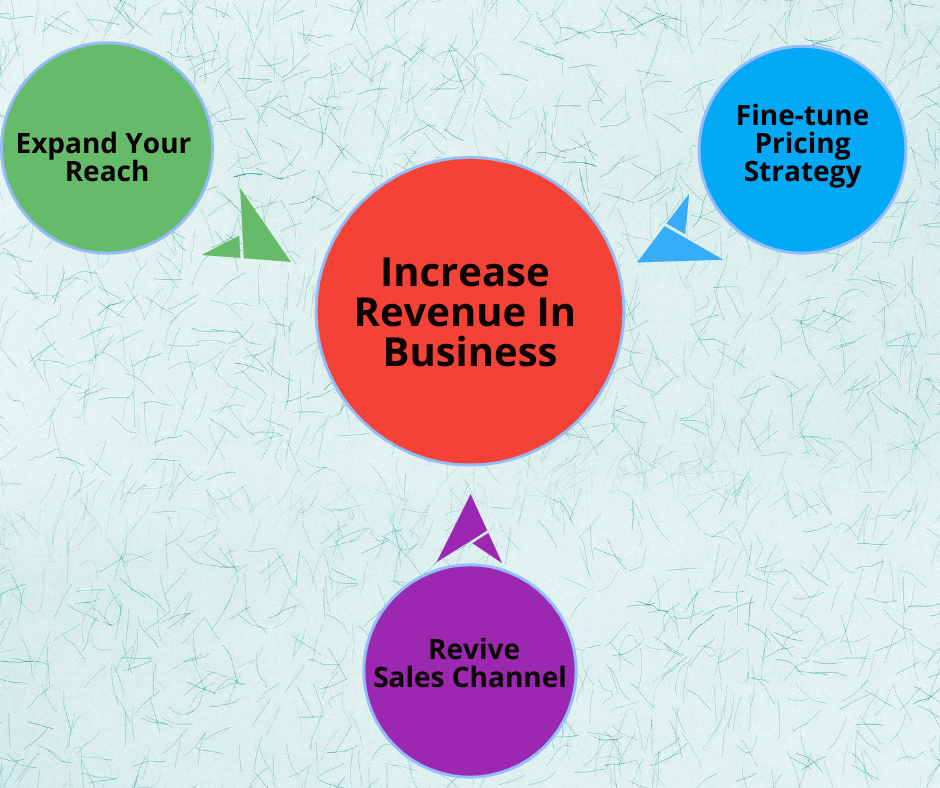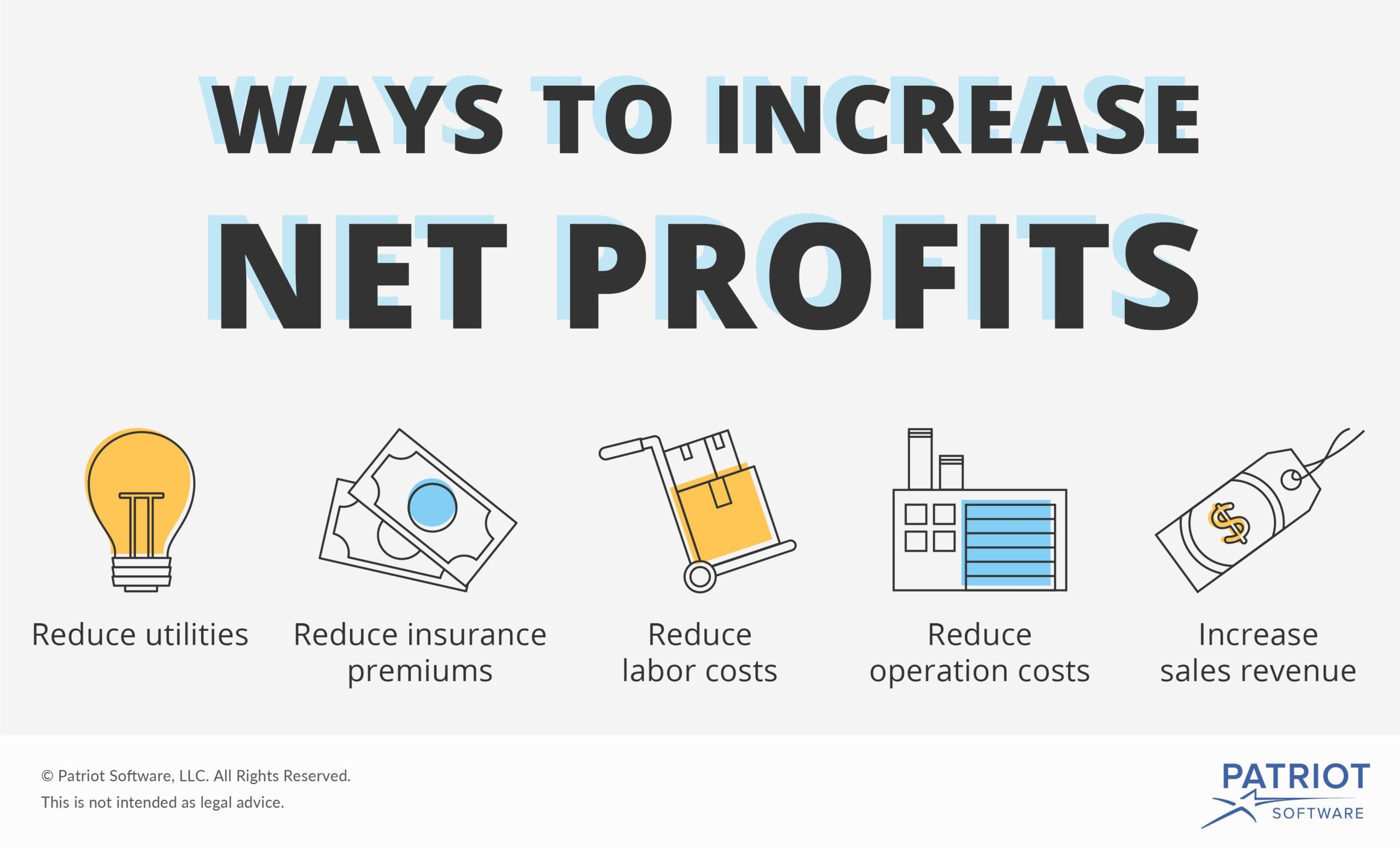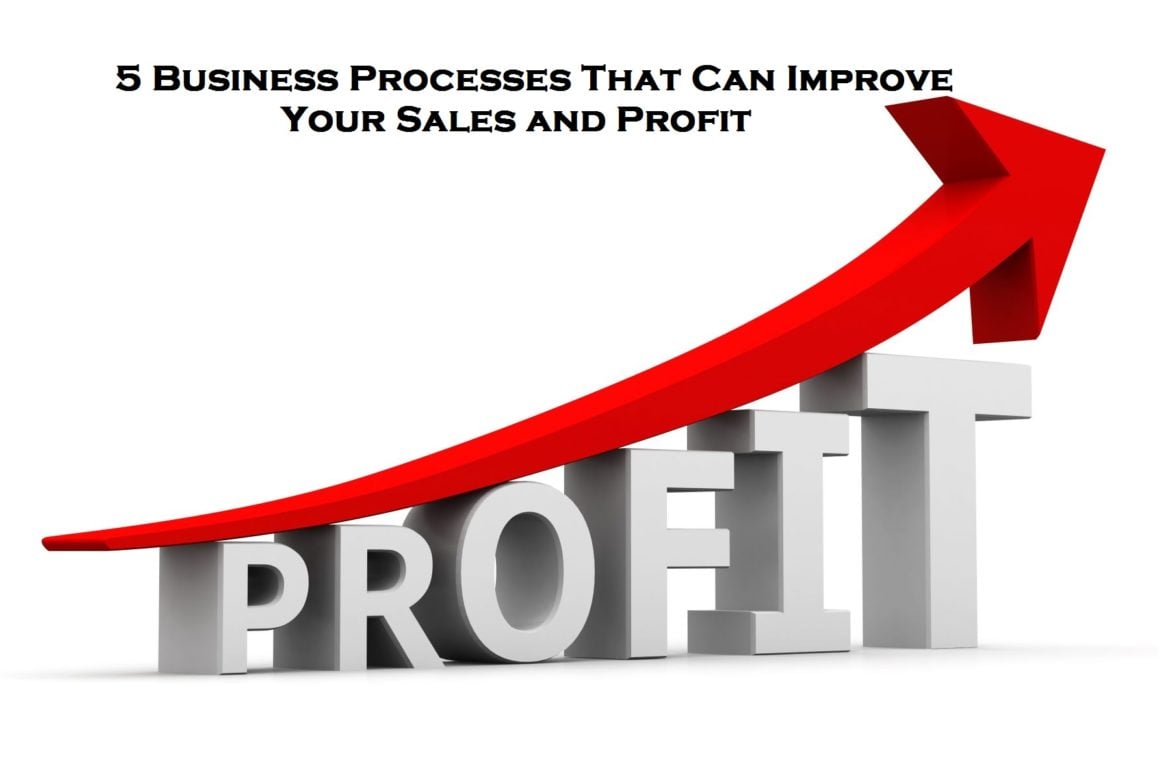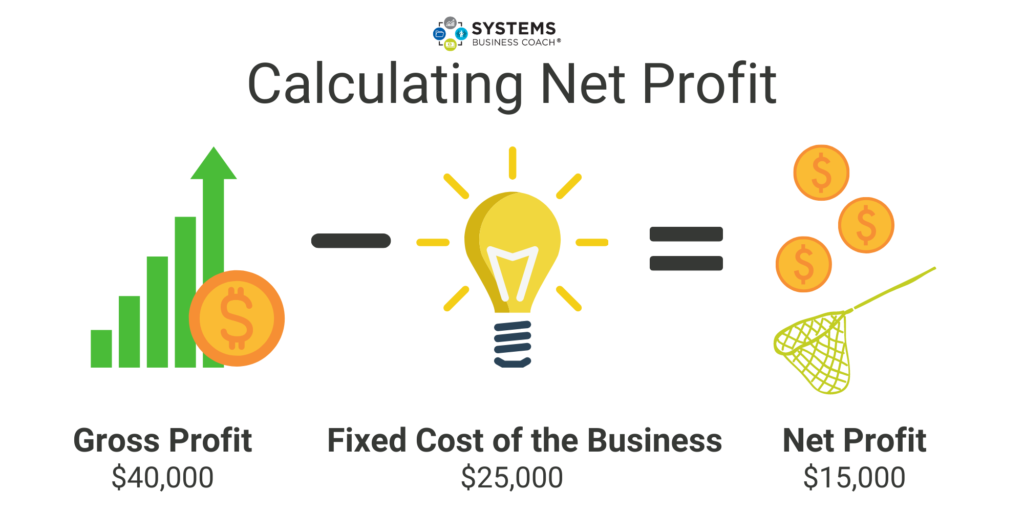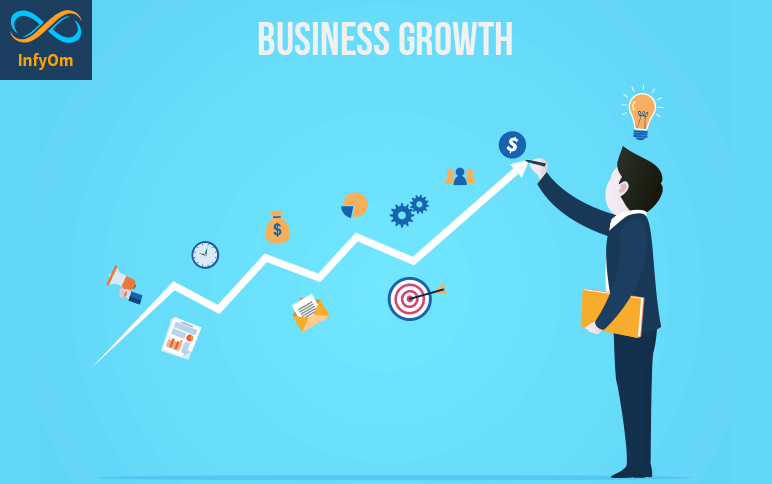How To Generate Profit In Business
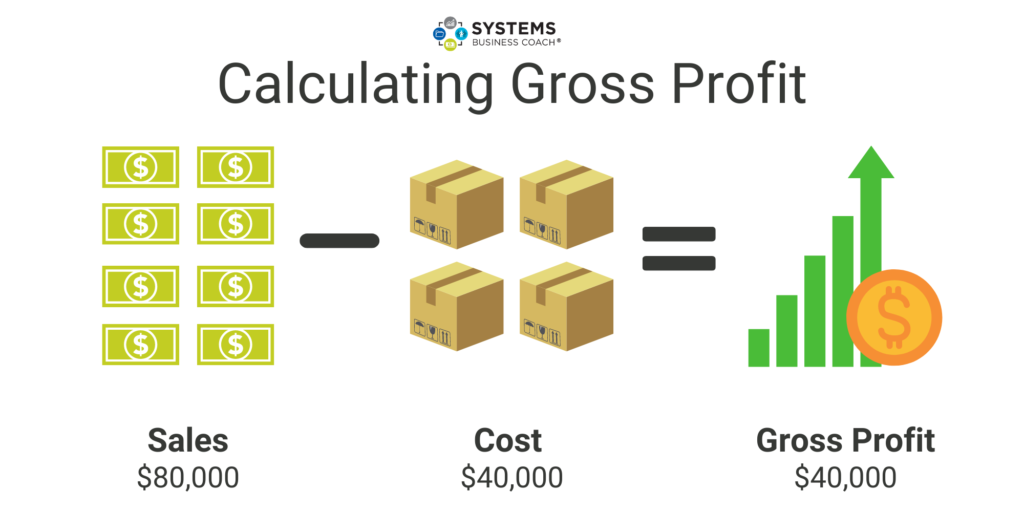
Imagine a cozy bakery, the aroma of freshly baked bread swirling through the air, customers lining up with smiles. But beyond the enticing smells and happy faces lies a crucial question: how does this bakery, or any business for that matter, actually turn a profit and stay afloat in the competitive landscape?
The core of any successful business boils down to profitability - the ability to generate more revenue than expenses. Achieving sustainable profit isn't just about making sales, it requires a strategic approach encompassing everything from understanding your market to managing your costs effectively.
Understanding Your Market and Customer
Before diving into the specifics, let's acknowledge the importance of knowing who you're selling to. Market research is fundamental: it helps you understand your target audience, their needs, preferences, and willingness to pay.
According to a report by the Small Business Administration (SBA), businesses that conduct thorough market research are significantly more likely to succeed in the long run. By identifying a specific niche and tailoring your products or services to meet their unique needs, you create a competitive edge.
Once you know your customer, focus on building strong relationships. Happy customers are loyal customers, and loyal customers are the bedrock of sustainable profit.
Cost Management: The Silent Profit Driver
While revenue is the lifeblood of a business, effective cost management is the unsung hero. It's about diligently tracking and controlling all expenses, from raw materials to marketing costs. Cost optimization isn't about cutting corners on quality, it's about finding smarter, more efficient ways to operate.
"It is not the employer who pays wages. Employers only handle the money. It is the customer who pays the wages," said Henry Ford. This quote emphasizes the importance of understanding and meeting customer demands while keeping costs under control.
Negotiating better deals with suppliers, streamlining processes, and reducing waste are all crucial elements of cost management. Consider implementing lean methodologies to identify and eliminate inefficiencies in your operations.
Pricing Strategy: Finding the Sweet Spot
Pricing is a delicate balancing act. Too high, and you risk losing customers to competitors. Too low, and you may not be able to cover your costs and generate a profit. A well-defined pricing strategy considers your costs, the competition, and the perceived value of your product or service.
Value-based pricing, where you price your product or service based on the value it provides to the customer, can be a powerful strategy. Another common approach is competitive pricing, where you benchmark your prices against your competitors.
Experiment with different pricing models to see what works best for your business. Bundling products or services, offering discounts, and implementing tiered pricing are all options worth exploring.
Marketing and Sales: Reaching Your Audience
No matter how great your product or service is, it won't sell itself. Effective marketing and sales are essential for reaching your target audience and generating demand.
In today's digital age, online marketing is crucial. Build a strong online presence through a website, social media, and search engine optimization (SEO). Content marketing, creating valuable and engaging content, can also be a powerful way to attract and retain customers.
Remember that marketing isn't just about advertising; it's about building a brand that resonates with your target audience. Focus on creating a consistent brand message and delivering exceptional customer service.
Continuous Improvement and Innovation
The business landscape is constantly evolving. To stay profitable in the long run, you need to embrace continuous improvement and innovation. Adaptability is key.
Regularly analyze your performance metrics, such as revenue, costs, and customer satisfaction. Identify areas for improvement and implement changes accordingly. Stay abreast of industry trends and new technologies.
Encourage innovation within your organization. Foster a culture where employees are encouraged to share ideas and experiment with new approaches. The ability to adapt and innovate is what separates thriving businesses from those that become obsolete.
Conclusion
Generating profit in business is a marathon, not a sprint. It requires a combination of strategic planning, disciplined execution, and continuous learning. It demands an understanding of your customer, a relentless focus on cost management, and a willingness to adapt to changing market conditions.
While there's no magic formula for success, businesses that prioritize their customers, manage their costs effectively, and embrace innovation are well-positioned to thrive. Remember that cozy bakery? Its success isn't just about the delicious bread; it's about a commitment to these core principles of profitability, bringing smiles – and sustainable profits – for years to come.
.jpeg?width=3750&height=4260&name=8-Tips-to-Maximize-Profits-in-Business (1).jpeg)
